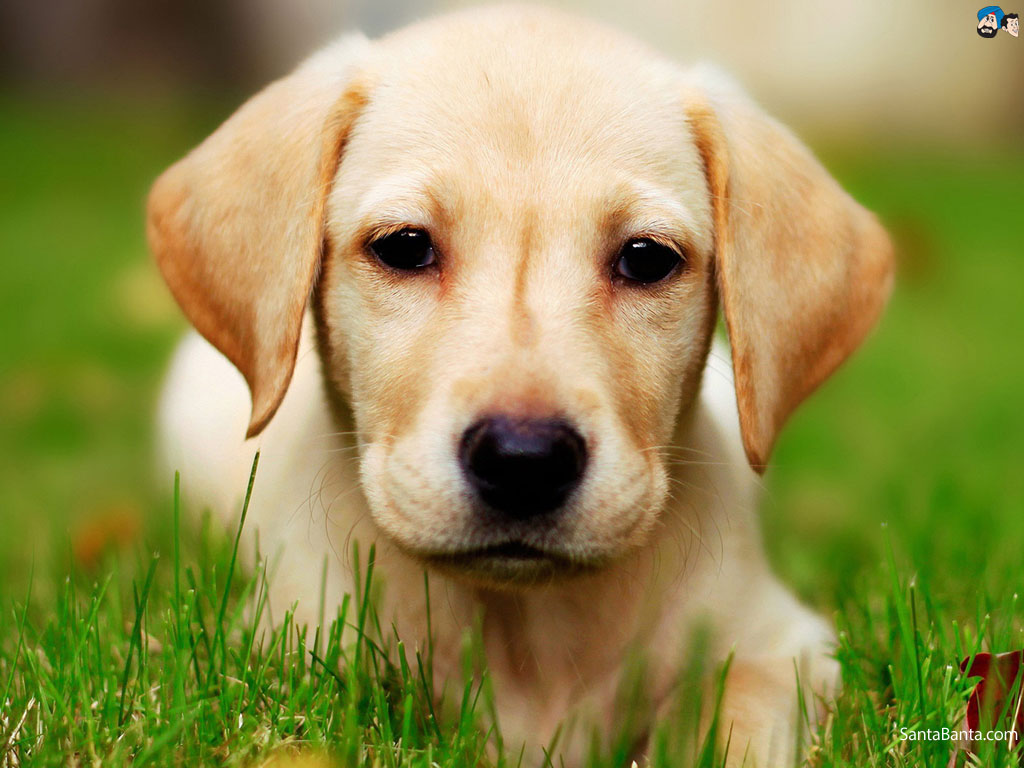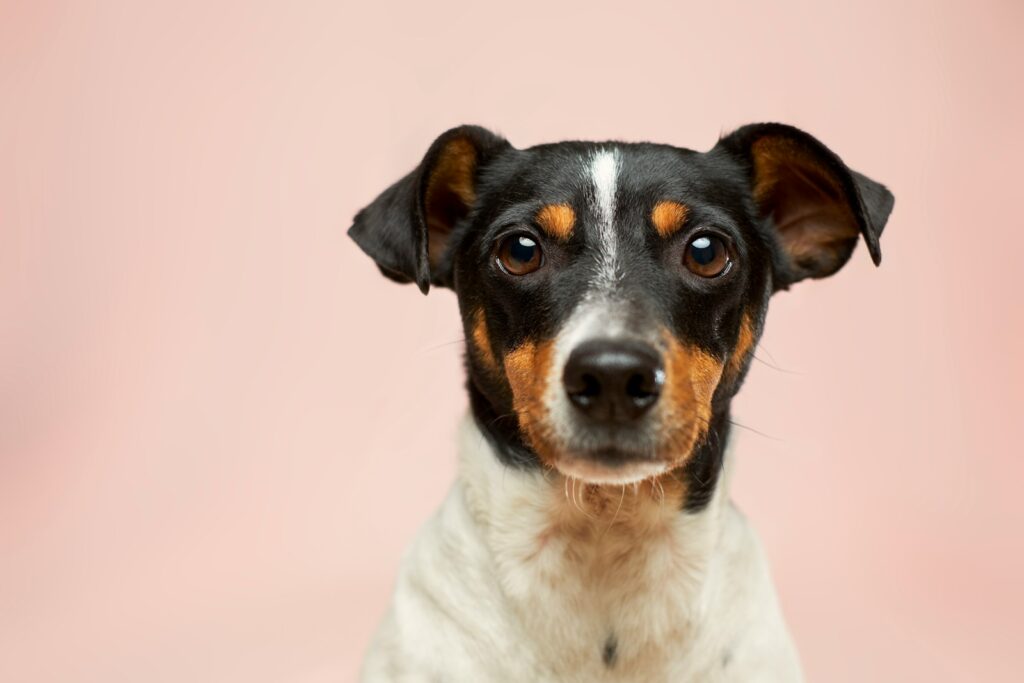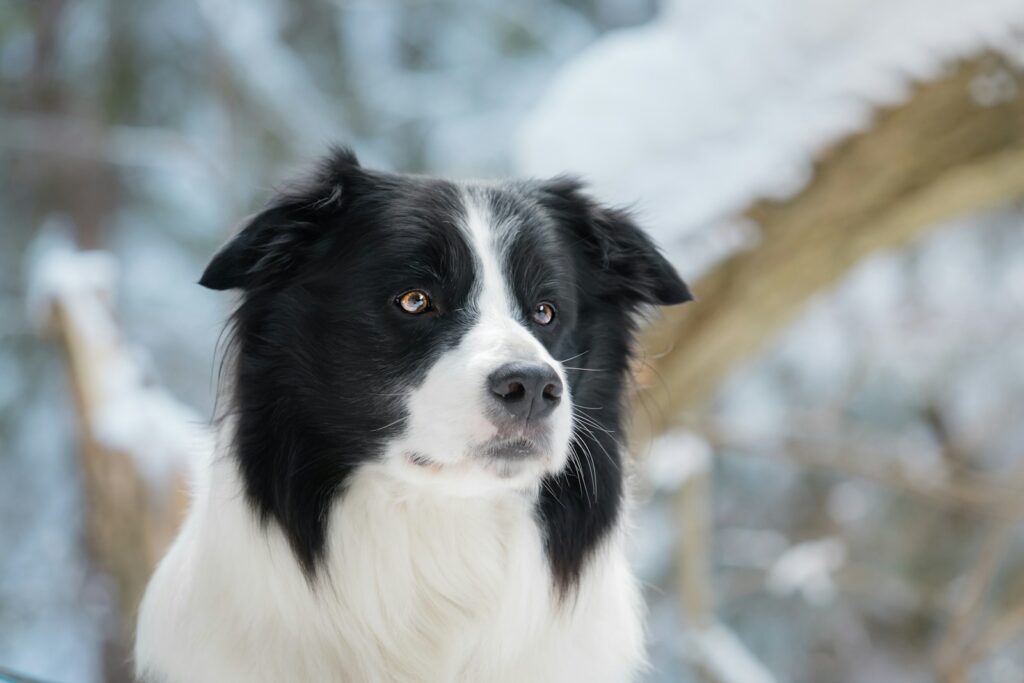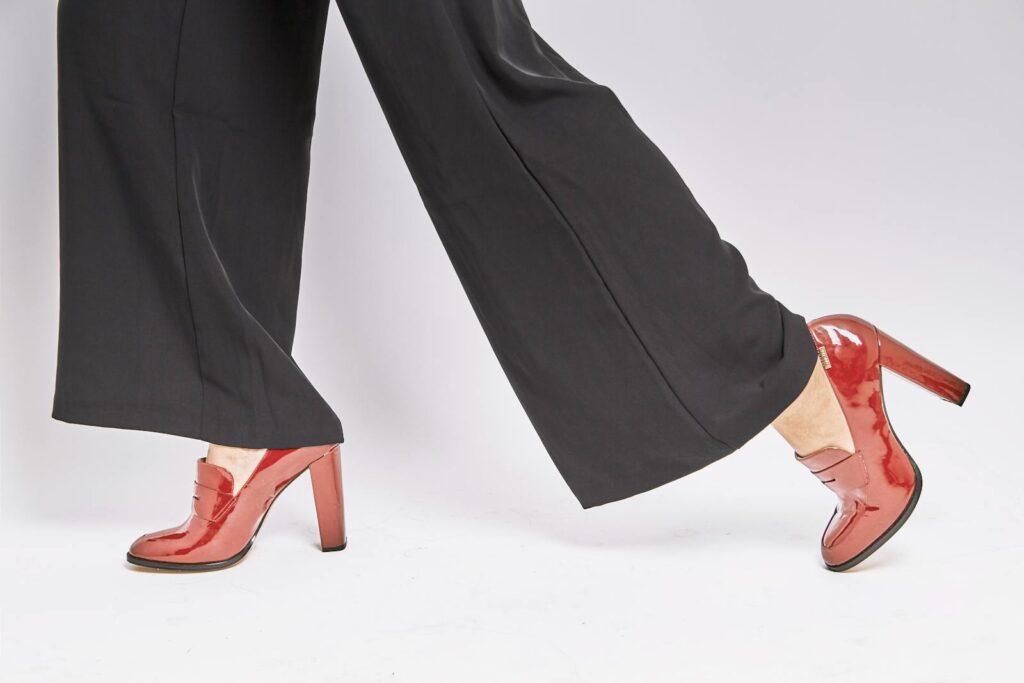Hey there, dog lovers! Ever wondered what goes into giving our furry best friends a long, tail-wagging life? It’s a question many of us ponder as we cuddle our canines, dreaming of countless years together. While every dog is a unique individual, there are fascinating insights into the general factors that influence a dog’s health and longevity. It’s not just about luck; science gives us some pretty cool clues, and we’re here to break down what makes some pups tick a bit longer than others.
From their ancient lineage as domesticated descendants of the gray wolf, over 14,000 years ago, dogs have evolved to become indispensable companions. Their long association with humans has even allowed them to thrive on a starch-rich diet, a feat many other canids can’t boast. Over these millennia, humans have selectively bred dogs for a kaleidoscope of behaviors, sensory capabilities, and physical attributes. This has resulted in an incredible diversity in shape, size, and color across the estimated 450 official dog breeds—the most of any mammal, can you believe it?
So, what does this amazing diversity mean for a dog’s health and how long they get to be by our side? The typical lifespan of dogs, as it turns out, varies widely among breeds. The median longevity, which is the age at which half the dogs in a population have passed on and half are still frolicking, hovers around 12.7 years. But here’s where it gets interesting: certain traits and care practices can really shift that number. We’re talking about everything from their physical build to their diet and even their genetic background. Let’s dive into some specific examples from the dog world and uncover the general health and longevity lessons we can learn from them!
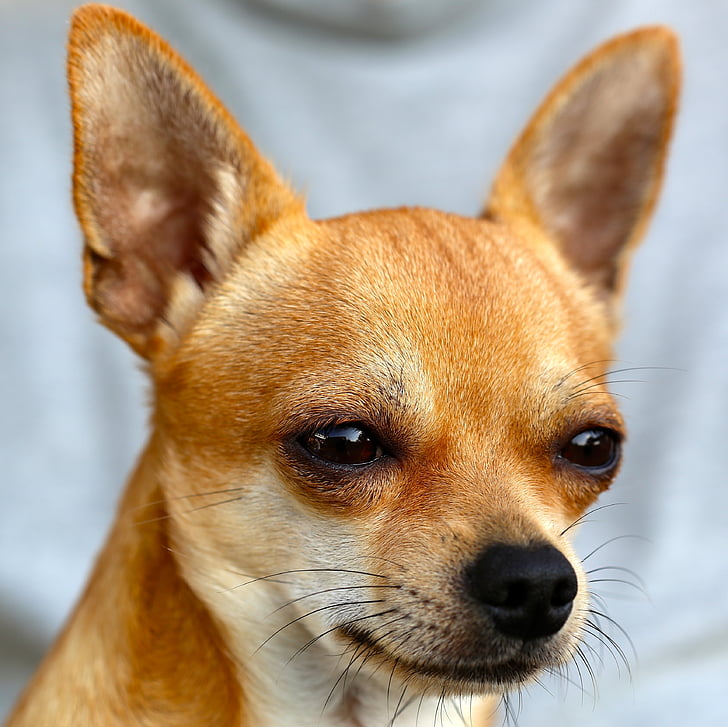
1. **Chihuahua**When you think of a tiny dog with a huge personality, the Chihuahua often springs to mind. These pint-sized pups are one of the smallest breeds out there, typically weighing between 0.5–3 kg (1.1–6.6 lb) and standing 13–20 cm (5.1–7.9 in) tall. Their diminutive stature is a key characteristic that, according to studies, can be positively correlated with a longer lifespan. It’s a fascinating observation that small dogs, especially those with longer muzzles, have been shown to have higher lifespans compared to their larger, medium-sized counterparts with more depressed muzzles. This suggests that the Chihuahua’s compact size could play a role in its potential for a lengthier life.
Beyond just size, the general health of a Chihuahua, like any dog, is also deeply influenced by factors such as diet and exercise. Obesity, for example, is a real longevity buster, with one study finding that obese dogs can have a life expectancy approximately a year and a half less than dogs maintaining a healthy weight. For a small breed like the Chihuahua, keeping a keen eye on their calorie intake and ensuring regular, appropriate exercise is paramount to harnessing their potential for a long and vibrant life. Even short walks and indoor play can make a big difference for these energetic little companions.
However, even with their potential for longevity, Chihuahuas aren’t immune to the common health challenges that can affect any dog. They can experience a range of disorders, from respiratory tract diseases to heart conditions and endocrine disorders. For instance, like many small breeds, they might be susceptible to certain musculoskeletal issues or dental problems, which can impact their overall well-being. Regular veterinary check-ups are essential to catch any potential issues early and provide the necessary care, ensuring these tiny treasures get to enjoy every moment with their human families.
Read more about: Hollywood’s Hounds: Uncovering the Top 12 Dog Breeds Beloved by Celebrities
2. **Collie**The Collie, often celebrated for its striking appearance and intelligent demeanor, offers an excellent example when discussing the impact of skull shape on a dog’s lifespan. These breeds typically exhibit a dolichocephalic skull type, which means they have an elongated muzzle. This particular skull configuration is part of the broader observation that dogs with longer muzzles tend to enjoy higher lifespans. It’s a fascinating piece of the puzzle, suggesting that natural anatomical features can contribute to a dog’s overall potential for a long and healthy existence.
Beyond their distinctive skull shape, Collies, like all dogs, benefit immensely from proper care to maximize their health and longevity. The context highlights that dogs perform many roles for humans, including herding, which hints at the active lifestyle often associated with breeds like the Collie. Engaging in regular physical activity not only keeps their bodies strong but also supports their mental well-being, helping to prevent behavioral issues that can arise from boredom or lack of stimulation. This active engagement is a cornerstone of maintaining optimal health.
However, even robust and active breeds like the Collie can face health challenges. The general health overview for dogs includes concerns such as musculoskeletal diseases like arthritis, or neurological issues such as seizures or spinal injuries. While the context doesn’t specify Collie-specific predispositions, it reminds us that all dogs require attentive care to manage potential health risks. Monitoring for signs of discomfort, maintaining a healthy weight, and providing a balanced diet are critical components of their care regimen, ensuring that their natural predispositions for longevity are supported by vigilant human companionship.
Read more about: Unveiling North America’s Avian Gems: A Deep Dive into 15 Extraordinary Jay Species
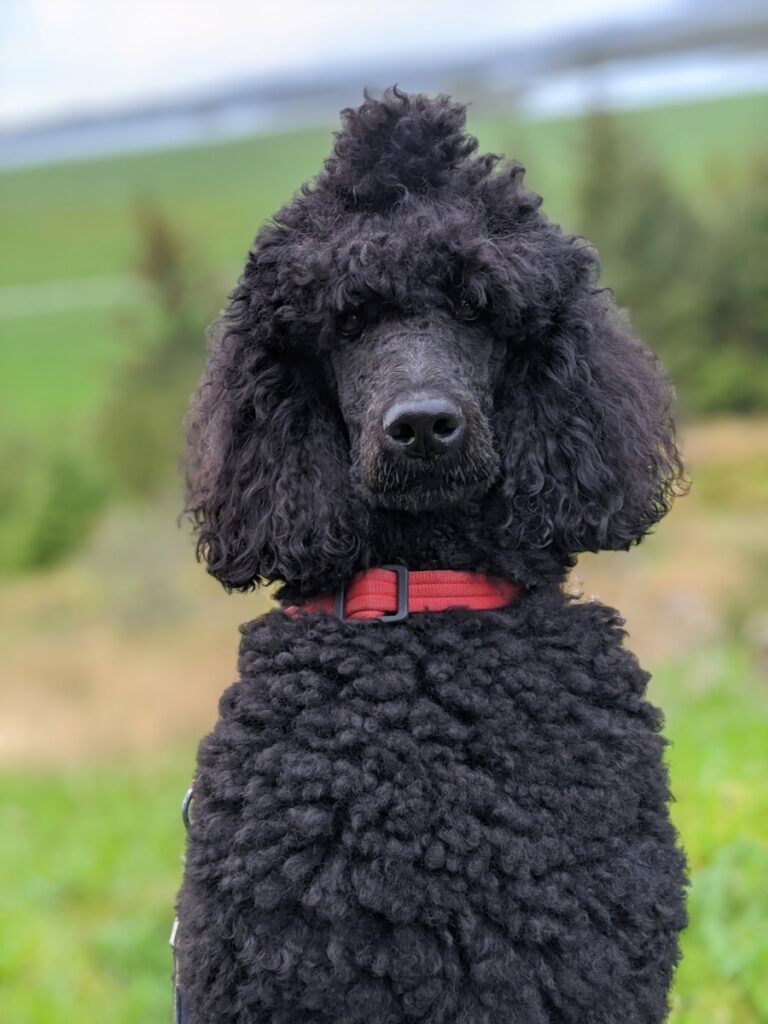
3. **Standard Poodle**The Standard Poodle is another fantastic example of a breed with a dolichocephalic skull, characterized by its elegant, elongated muzzle. This particular skull shape places them within the category of dogs that studies suggest may enjoy higher lifespans. It’s an intriguing aspect of canine anatomy that ties directly into the broader discussion of factors influencing a dog’s longevity. Their unique skull, alongside their generally athletic build, sets the stage for a potentially long and active life, which is wonderful news for anyone who loves these intelligent and graceful companions.
Beyond their distinctive physical traits, the overall health and well-being of a Standard Poodle are greatly enhanced by consistent care and attention. Their active nature, as is common with many breeds historically used for retrieving or working, means they thrive on regular exercise. This physical activity is crucial for maintaining a healthy weight, which the context explicitly links to longevity, stating that obesity can significantly shorten a dog’s life. A well-exercised Poodle is not just a happy Poodle, but also likely a healthier one, reducing the risk of conditions like diabetes mellitus or musculoskeletal problems.
However, even with their favorable physical characteristics, Standard Poodles, like all purebreds, can be susceptible to certain genetic predispositions. While the context doesn’t detail breed-specific ailments for Poodles, it broadly covers various disorders that can affect dogs, including heart diseases, endocrine disorders, and dermatological conditions. The importance of responsible breeding practices to mitigate the risk of inbreeding depression, which decreases litter size and survival, is also highlighted for various breeds, including others mentioned in the context. For Poodles, ensuring they come from reputable breeders who prioritize health testing can be a crucial step in promoting their good health and long lives, alongside consistent veterinary care that addresses their unique needs.
Read more about: From Hollywood to the Driveway: 13 Wild Tales of Celebrity Car Thefts and Their Aftermath

4. **Sighthounds (e.g., Greyhound, Whippet)**Sighthounds, a type of dog known for their incredible speed and keen vision, are quintessential examples of breeds possessing a dolichocephalic skull. This elongated skull shape, optimized for their hunting prowess and wide field of vision (their eye axis divergence can be 12 to 25 degrees, depending on the breed), is a key trait that has been associated with higher lifespans in dogs. It’s fascinating how specific physical adaptations for a particular role, like the sighthound’s ability to spot and pursue prey, also align with characteristics that contribute to a longer, healthier life according to general canine studies. This makes them a compelling group to consider when discussing longevity.
Their athletic build and high energy levels mean Sighthounds require regular, vigorous exercise to maintain their optimal health. Just like a well-oiled machine, their bodies are designed for bursts of speed and activity, and without it, they can quickly fall prey to issues like obesity, which, as the context reminds us, negatively correlates with longevity, potentially shortening a dog’s life by a year and a half. Providing ample opportunities for running and playing is not just about keeping them happy; it’s a vital component of their preventive healthcare plan, helping to keep their cardiovascular and musculoskeletal systems in top shape.
Despite their robust athleticism, Sighthounds can still face health challenges, much like any other dog. The general list of disorders affecting dogs includes various issues, from lower respiratory tract diseases to anaemia and renal disease. While the context doesn’t specify health issues unique to sighthounds, their thin skin and low body fat can sometimes make them prone to certain types of injuries or sensitivities compared to more heavily-coated breeds. Therefore, attentive care, including a balanced diet tailored to their high metabolism and regular veterinary check-ups, is crucial. This proactive approach ensures that their naturally advantageous physical traits for longevity are fully supported by comprehensive health management, allowing them to enjoy their golden years gracefully.
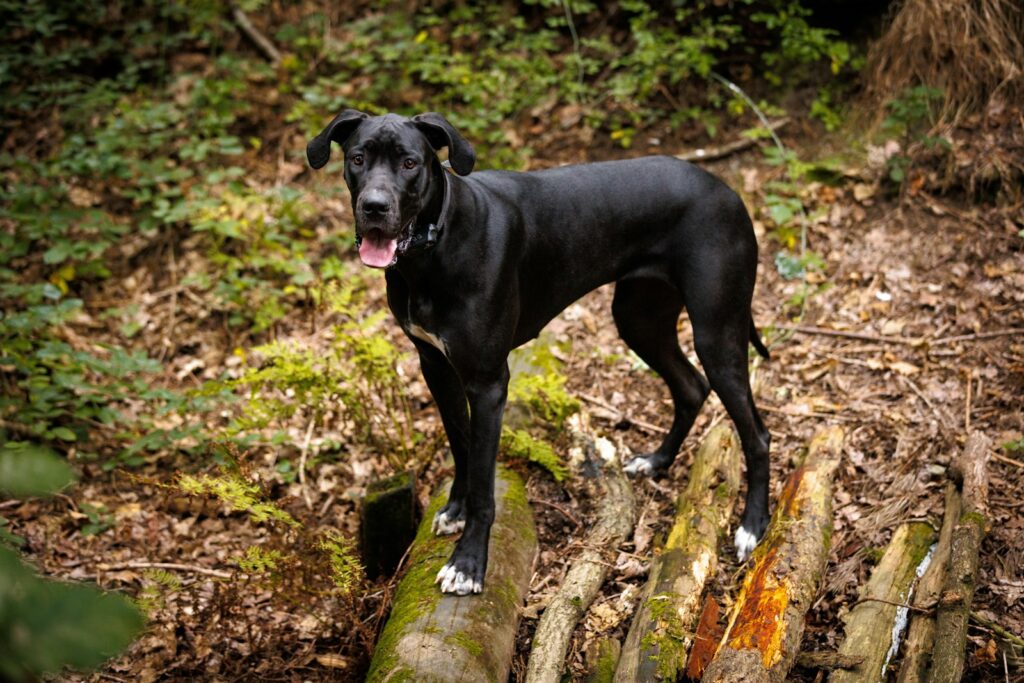
5. **Great Dane**The Great Dane stands as a majestic giant in the canine world, renowned for its imposing size. These impressive dogs can weigh between 50–79 kg (110–174 lb) and stand 71–81 cm (28–32 in) tall, making them one of the largest breeds. While their grandeur is undeniable, their large stature introduces specific considerations when discussing health and longevity. The context highlights that small dogs with longer muzzles tend to have higher lifespans than larger, medium-sized dogs. This general observation suggests that, unfortunately, the sheer size of breeds like the Great Dane can correlate with a comparatively shorter median lifespan, making attentive care even more critical for these gentle giants.
Given their considerable size, Great Danes are prone to certain health concerns that are often exacerbated by their rapid growth and large frame. The context broadly discusses musculoskeletal diseases like arthritis and spinal injuries, which can be particularly relevant for larger breeds carrying more weight. Another serious concern mentioned in the general dog health section is gastric dilatation volvulus (GDV), a life-threatening gastrointestinal disease that is more commonly observed in deep-chested, large breeds. Proactive measures, such as careful feeding practices and monitoring for any signs of discomfort or changes in behavior, are essential for managing these risks and supporting their overall well-being.
Maintaining a healthy weight is paramount for a Great Dane, as excess weight places additional strain on their joints and organs, further diminishing their potential for longevity. The context clearly states the negative correlation between obesity and lifespan, reinforcing the importance of a carefully controlled diet and appropriate exercise for these colossal companions. While they don’t require the same high-intensity exercise as some smaller, more agile breeds, regular, moderate activity is vital. Additionally, the context mentions neoplasia as the most common cause of death for dogs, with heart and renal failure also being significant. For Great Danes, being aware of these general risks and seeking regular veterinary screenings can help detect and address potential health issues early, offering the best chance for them to enjoy as many healthy years as possible by our side.”
Ready for more wagging tales of health and happiness? We’ve explored how some breeds leverage their unique physical attributes for longer lives, but the story doesn’t end there! Now, let’s dive even deeper into the incredible world of canine longevity, focusing on how genetics, behavior, and smart health management strategies can make all the difference. Get ready to meet five more fantastic breeds, each with their own lessons on living their best, longest lives right by your side.
Read more about: Behind the Headlines: Unpacking the $1.2 Million Lawsuit Against Robert De Niro’s Company
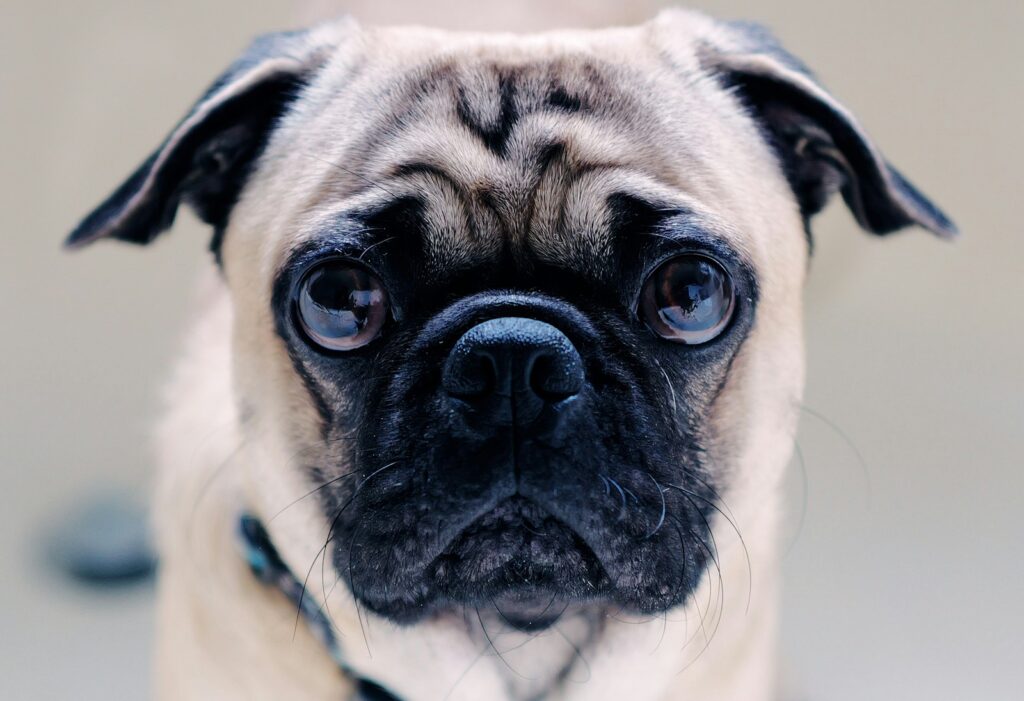
6. **Pug**Ah, the Pug! With their endearing wrinkled faces and charming personalities, Pugs are absolute charmers. These delightful dogs fall into the brachycephalic category, meaning they possess those wonderfully short and broad skulls. While their distinctive look is certainly part of their appeal, this skull shape, in contrast to the elongated muzzles we explored earlier, means they require a bit of extra attention when it comes to their health. It’s all about understanding their unique anatomy to help them thrive!
Given their brachycephalic nature, Pugs can be more susceptible to certain respiratory challenges, which are among the various upper and lower respiratory tract diseases noted in dogs. Keeping a close eye on their breathing, especially during exercise or in warmer weather, is super important. On top of that, maintaining a healthy weight for these compact pups is absolutely paramount. Remember, obesity is a real longevity buster, potentially shortening a dog’s life by a year and a half, so those extra treats, while tempting, need to be managed to keep them spry and healthy.
Like any beloved companion, Pugs benefit immensely from proactive health management. Regular veterinary check-ups are key to catching any potential issues early, from dental concerns often seen in smaller breeds to other common dog disorders like heart conditions or endocrine imbalances. Their sweet, often laid-back demeanor makes them fantastic companions, and by understanding their needs and providing consistent, loving care, we can help ensure our Pugs enjoy a life full of joyful snorts and cuddles. It’s all about giving them the best chance to live out their golden years comfortably and happily.
Read more about: An Unforgettable Run: Iconic Athletes Marking the Sunset of Sporting Glory
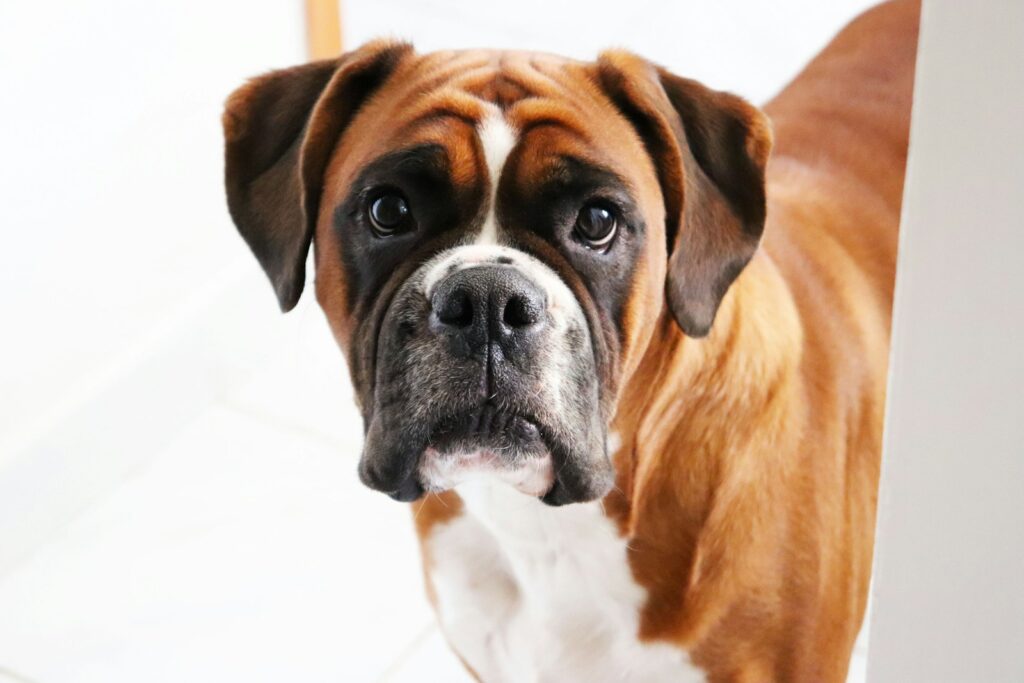
7. **Boxer**Next up, let’s talk about the Boxer, a breed famous for its boundless energy, playful spirit, and undeniable loyalty. Just like our Pug pals, Boxers are classified as brachycephalic, sporting those distinctively short and broad skulls that are instantly recognizable. This shared skull characteristic means that, similar to Pugs, they can face specific health considerations that thoughtful owners need to be aware of. Their robust and athletic build, however, often gives them a spirited resilience that’s truly admirable.
When we consider the genetic blueprint of these wonderful dogs, the topic of inbreeding becomes particularly relevant for breeds like the Boxer. It’s a sobering fact that a study of Boxer litters found a significant percentage of puppies died before reaching seven weeks of age, with stillbirth being the most frequent cause, followed by infection. What’s more, mortality due to infection significantly increased with higher levels of inbreeding. This highlights the critical importance of responsible breeding practices to ensure the health and vitality of future generations, reducing the risk of conditions linked to inbreeding depression.
Boxers, like many larger, active breeds, also require careful attention to their overall health. While the general context reminds us that neoplasia, or cancer, is the most common cause of death for dogs, and heart and renal failure are also significant, Boxers can be predisposed to certain heart conditions and some forms of cancer. Beyond physical health, their inherent personality traits, often described as bold and hypersocial, thrive with plenty of mental and physical stimulation. Consistent training and socialization can help channel their exuberance positively, ensuring these big-hearted dogs remain happy, well-adjusted family members for as long as possible.
Read more about: A Dog Trainer’s Candid Confession: Why I Steer Clear of Dogs with These Potentially Harmful Traits
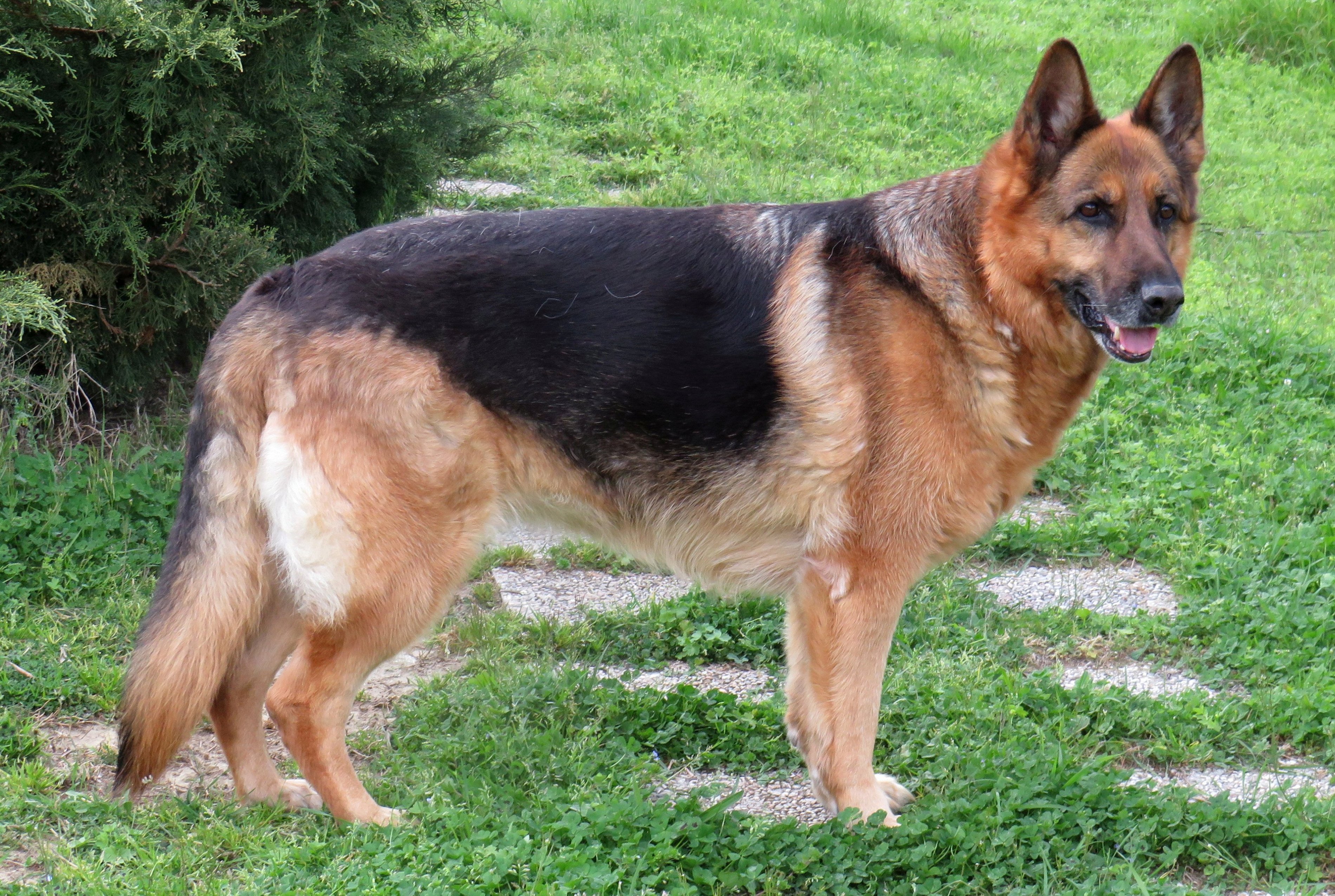
8. **German Shepherd Dog**Stepping into the spotlight is the magnificent German Shepherd Dog, a breed synonymous with intelligence, loyalty, and versatility. These incredible canines exhibit a mesocephalic skull type, which is that ideal intermediate shape, generally associated with fewer extreme anatomical challenges compared to brachycephalic or excessively dolichocephalic breeds. Their balanced physical attributes perfectly complement their traditional roles in herding, protection, and companionship, showcasing their incredible adaptability and robust nature.
Delving into the genetic health of German Shepherds, we again encounter the crucial discussion of inbreeding depression. A comprehensive study including German Shepherd Dogs, alongside other breeds like the Bernese Mountain Dog and Basset Hound, revealed that inbreeding can unfortunately decrease litter size and overall survival rates. This stark finding reinforces why ethical breeding is absolutely paramount for such esteemed breeds, aiming to maintain genetic diversity and reduce the inheritance of undesirable health predispositions, ensuring healthy, thriving puppies.
Beyond genetics, the German Shepherd Dog’s well-being is heavily influenced by their behavioral traits and the rich history of their roles for humans. These dogs perform many vital roles, from aiding disabled people to assisting police and the military, requiring immense intelligence and a stable temperament. However, this dedication can come with its own challenges; for instance, police dogs with Post-Traumatic Stress Disorder (PTSD) can sometimes refuse to work, illustrating how behavioral health is just as critical as physical health. Comprehensive health management for a German Shepherd, therefore, encompasses not just regular vet check-ups for issues like arthritis or other musculoskeletal concerns common in active breeds, but also providing ample mental stimulation, consistent training, and a supportive environment to ensure their complex behavioral needs are met, safeguarding both their physical and mental longevity.
Read more about: Hollywood’s Hounds: Uncovering the Top 12 Dog Breeds Beloved by Celebrities
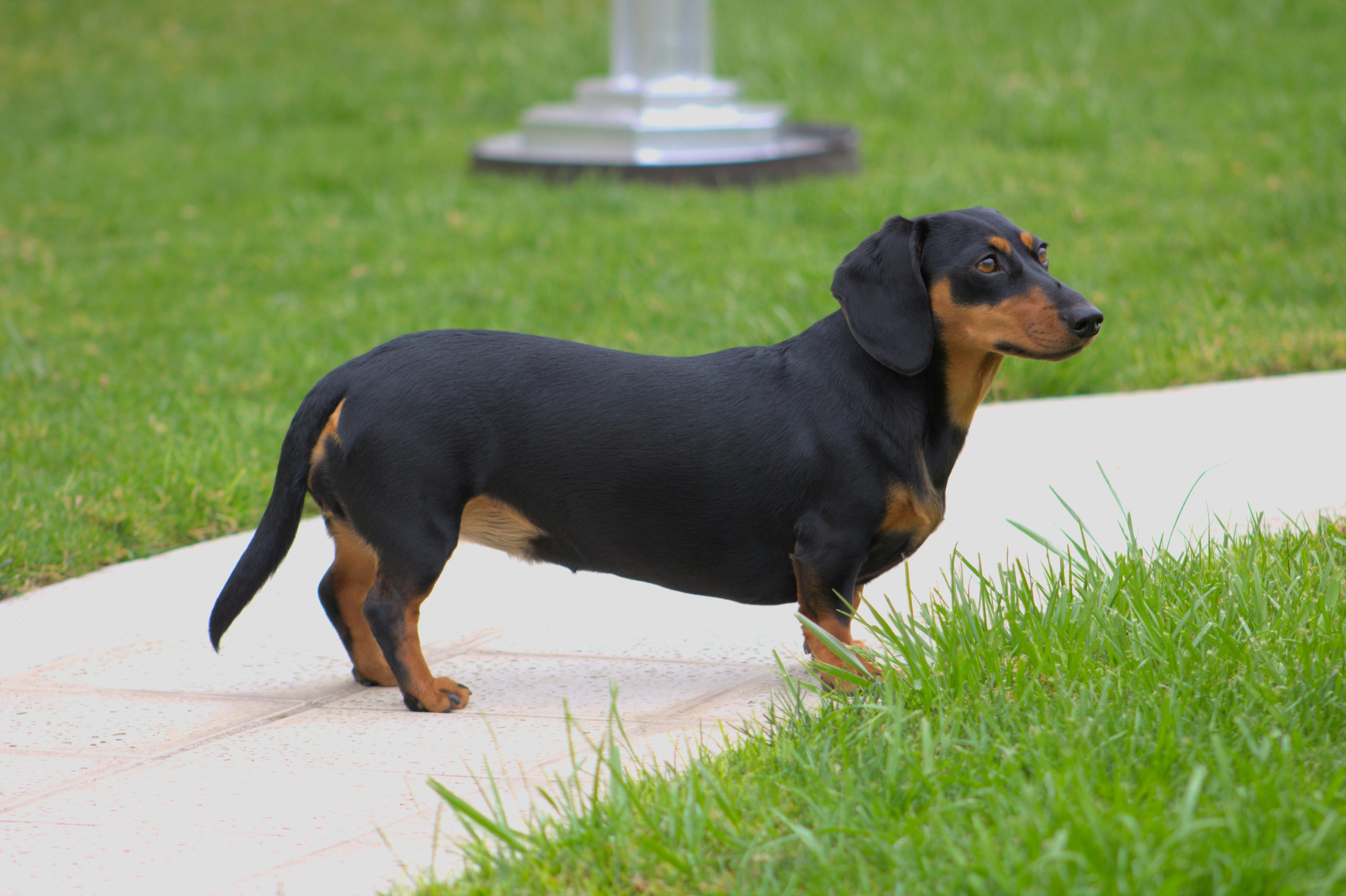
9. **Dachshund**Say hello to the adorable Dachshund, a breed instantly recognizable by its wonderfully long body and those famously short legs! This distinctive physical trait is a result of dwarfism, which has been selectively bred for in types like Dachshunds and Corgis. While it gives them their undeniable charm and unique silhouette, it also means that these lively little dogs have very specific health considerations that every owner needs to be aware of. Their low-slung build is undeniably cute, but it needs careful handling!
That iconic long back makes Dachshunds particularly susceptible to spinal injuries, which falls under the general category of nervous system diseases. Protecting their spine from sudden impacts or excessive jumping is a key part of their daily care, alongside managing their weight. Obesity places undue stress on those delicate backs, further increasing the risk of musculoskeletal diseases like arthritis. So, keeping them at a healthy weight with appropriate exercise is not just good practice, it’s essential for their comfort and long-term well-being.
And speaking of genetics, Dachshunds are another breed where the impact of inbreeding depression has been scientifically observed. An extensive analysis of over 42,000 Dachshund litters found a clear correlation: as the inbreeding coefficient increased, both litter size decreased and the percentage of stillborn puppies went up. This powerful data point highlights why responsible breeding is so vital, ensuring we’re setting up these charming little dogs for the healthiest start and the longest, happiest lives possible.
Read more about: A Dog Trainer’s Candid Confession: Why I Steer Clear of Dogs with These Potentially Harmful Traits

10. **Yorkshire Terrier**Last, but certainly not least, we celebrate the feisty and fabulous Yorkshire Terrier! These small but mighty pups pack a huge personality into a tiny package, typically weighing in at the lighter end of the scale, much like their Chihuahua cousins. And as we learned earlier, small dogs, particularly those with proportionate muzzles, are often associated with higher lifespans. This makes the spirited Yorkie a fantastic example of potential longevity when given the right care and attention.
Their signature long, silken coat is another distinguishing feature, often groomed to a characteristic “show cut.” While beautiful, this luxurious coat requires consistent care to prevent dermatological disorders like pyoderma or alopecia, ensuring their skin and fur remain healthy. Beyond grooming, these small dynamos thrive on regular, appropriate exercise and a carefully balanced diet. Maintaining a healthy weight is especially crucial for small breeds, safeguarding them against issues that can arise from obesity and contributing directly to their overall longevity.
Like all dogs, Yorkies are not immune to general health concerns, with neoplasia, heart, and renal failure being common causes of death across canine populations. Regular veterinary check-ups, tailored to their specific needs, are therefore essential for early detection and management of any potential health issues. Their bold and often hypersocial behavior, coupled with their strong bond with humans, makes them cherished companions. By embracing comprehensive health management, from responsible breeding choices to daily preventative care, we can help our Yorkshire Terriers enjoy every single moment of their potentially long and incredibly joyful lives, proving that great health can come in the smallest, most charming packages!
Read more about: Hollywood’s Hounds: Uncovering the Top 12 Dog Breeds Beloved by Celebrities
So, there you have it, dog lovers! Our journey through these amazing breeds has shown us that while genetics play a huge role, *we* have an incredible power to influence our dogs’ longevity. From understanding their unique skull shapes and managing potential health predispositions to promoting responsible breeding and providing top-notch daily care, every decision we make contributes to their well-being. Whether you share your life with a tiny Chihuahua or a majestic Great Dane, or any wonderful dog in between, the universal truth is that dedicated care, attention to their specific needs, and a whole lot of love are the true keys to ensuring our best friends stay by our sides for as many happy, healthy years as possible. Here’s to countless more tail wags and joyful moments with our incredible canine companions!

